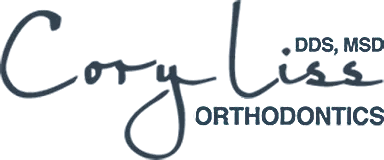
Signs You May Need Orthodontic Treatment
You may be thinking, how do I know if it’s time for me, or my child to schedule an orthodontic consultation? Braces or Invisalign can be recommended for a large variety of reasons, far beyond the cosmetic alignment of teeth. The American Association of Orthodontics recommends that all children be seen by an orthodontist by age 7 in order to detect potential problems and intervene early if necessary. Check out their page here with more information and orthodontic facts.
Unsure if you may require orthodontic treatment? Keep reading to learn some of the main signs that it might be time for your first visit.
-
Crowding
Crowding is the most common condition addressed in orthodontic care. This may be the easiest to notice, as there is not enough space in your mouth for all of your teeth. This means that teeth can be overlapped, rotated or displaced. The degree of crowding can be determined using x-rays even before all of the adult teeth have erupted. Crowded teeth tend to worsen over time, and can lead to difficulties keeping the teeth clean as there are areas that are hard to reach with your toothbrush and floss.
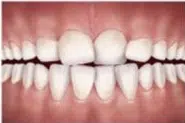
-
Spacing
Spacing amongst teeth is the opposite of crowding, where there is excess room for your adult teeth that causes gaps between each tooth. Spacing can also be caused by protrusive teeth, missing teeth, impacted teeth, or abnormal tissue attachment.
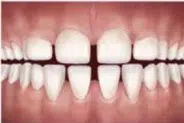
-
Overbite
An overbite is another very common issue that may indicate the need for orthodontic treatment. An overbite is when your upper front teeth overlap with your lower front teeth. You may have heard of this as a deep bite, where your upper teeth cover most or all of the lower teeth upon biting. While most people have a slight overbite, too much of an overbite can lead to problems such as tooth wear and jaw pain.
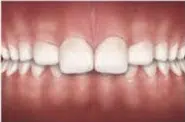
-
Underbite
Opposite of the overbite, an underbite occurs when the upper front teeth fit in behind the lower teeth. Typically, this is a result of a misalignment of the jaws. Underbites can cause difficulties chewing or biting.
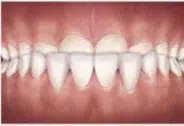
-
Crossbite
A crossbite can sound similar to an underbite, but in this case, only one or some of the upper teeth fit in behind the lower teeth. This bite should not be left untreated, as crossbites can cause asymmetric jaw growth, wear of teeth and increased gum recession.
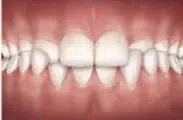
-
Open bite
Another bite issue that will indicate that orthodontic treatment may be required is the open bite. An open bite shows no vertical overlap or contact between the upper and lower teeth. There can be many contributing factors to this bite, such as a tongue thrust (when the tongue pushes forward between the teeth when speaking or swallowing) a thumb sucking or pacifier habit, and more. This type of bite can cause difficulties chewing and speech problems.
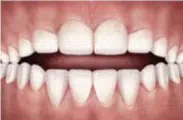
Some other orthodontic conditions that may indicate the need for orthodontic treatment include:
- Early, late, or irregular loss of baby teeth
- Delayed eruption of adult teeth
- Missing or extra teeth
- A jaw that shifts when opening or closing
- Mouth breathing
Book Your Complimentary Consultation
If you have seen one or more signs on this list that you may need orthodontic treatment, please get in touch! We would love to schedule your complimentary consultation where Dr. Liss will provide you with options to treat your condition and start your journey to a healthy, functional smile. Give us a call at 403-287-0746 and one of our amazing team members can help you book, or you can fill out our consultation form online here. We hope to see your smile soon!

